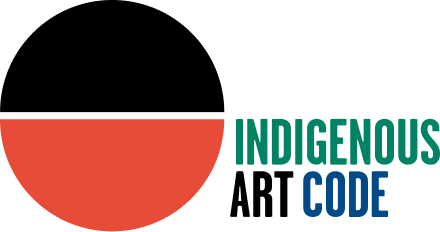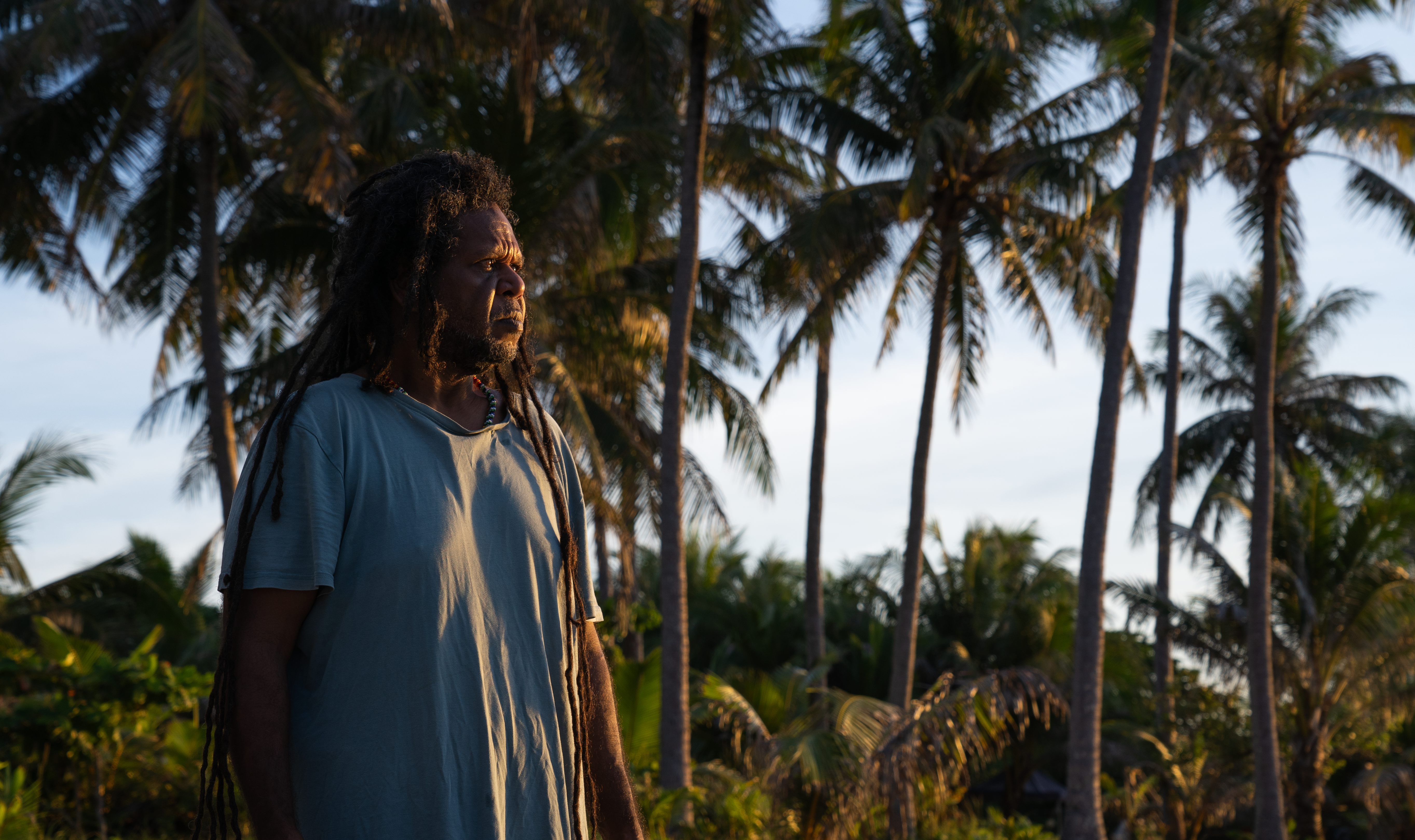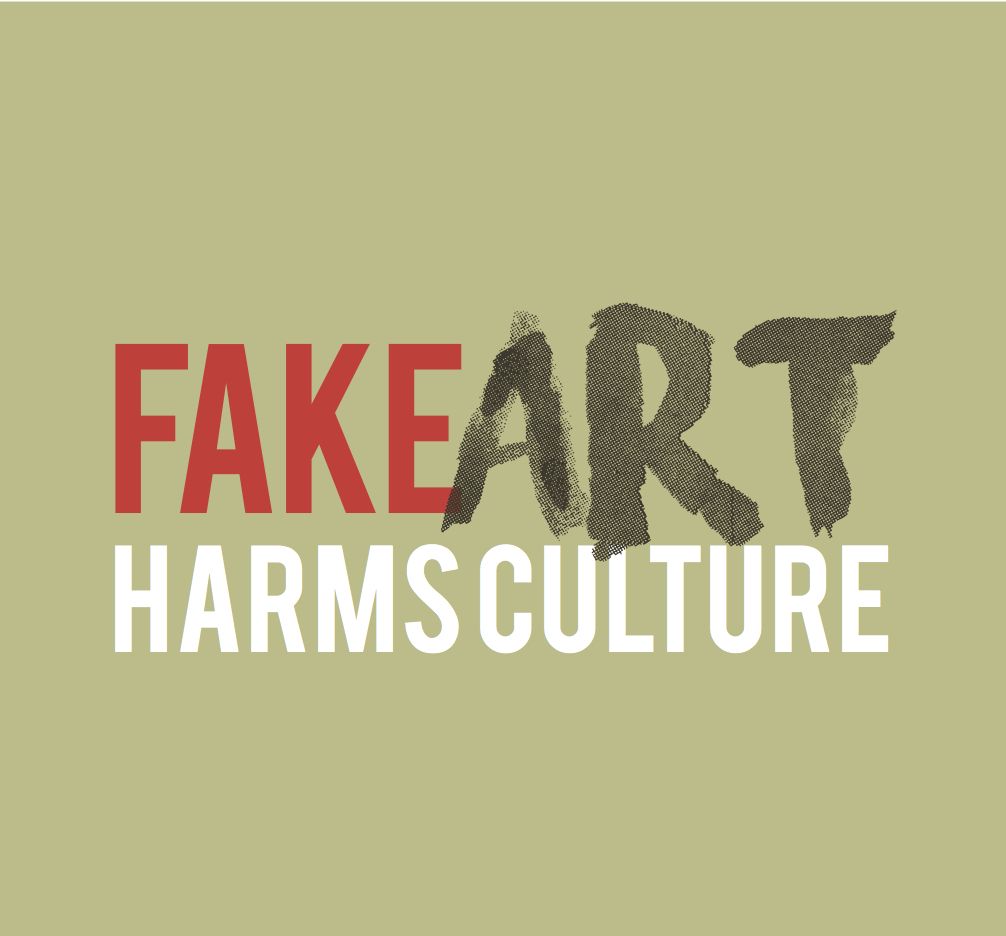Artists’ Perspectives on Indigenous Cultural and Intellectual Property (ICIP)
Hear what artists have to say about ICIP
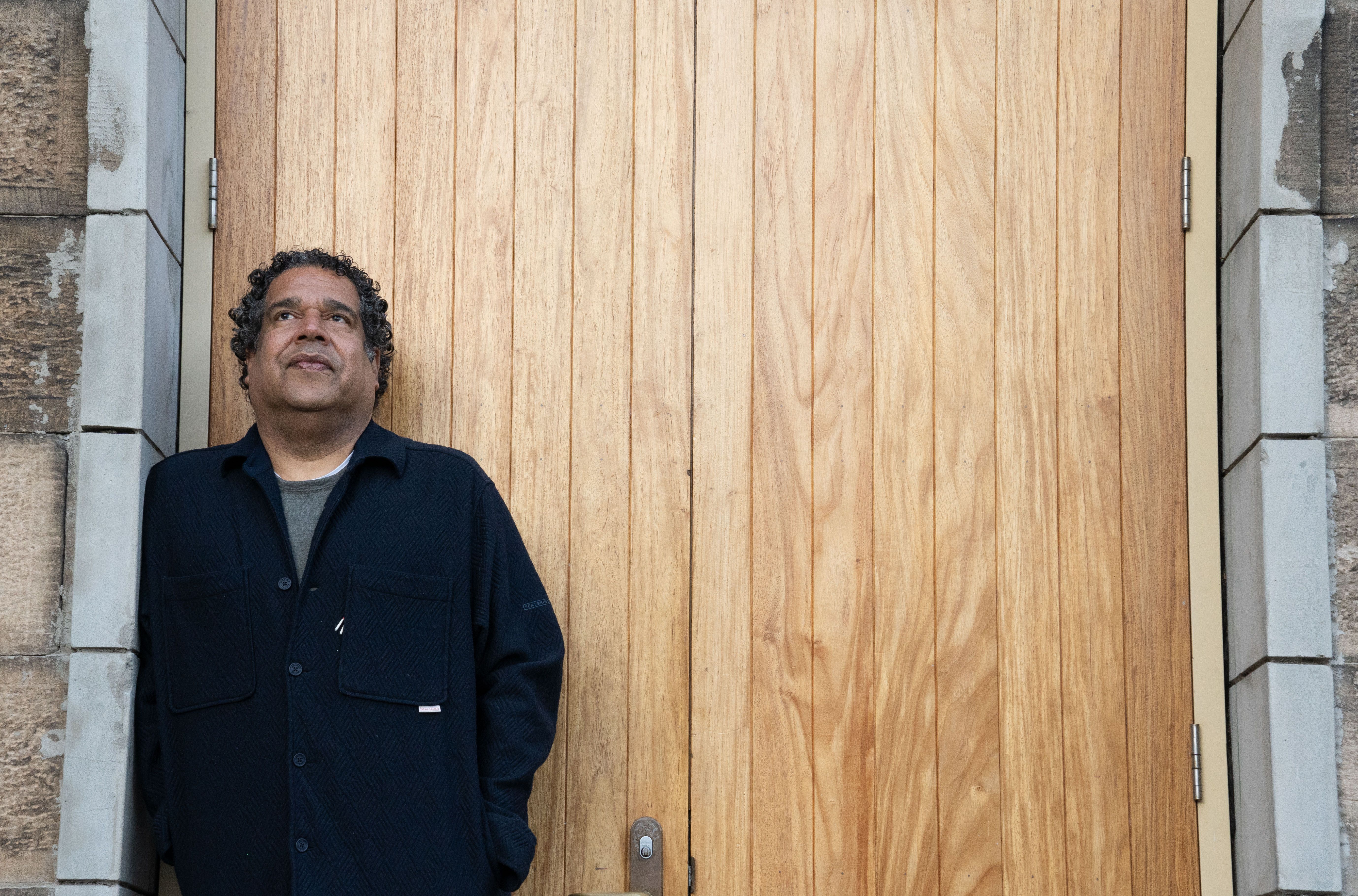
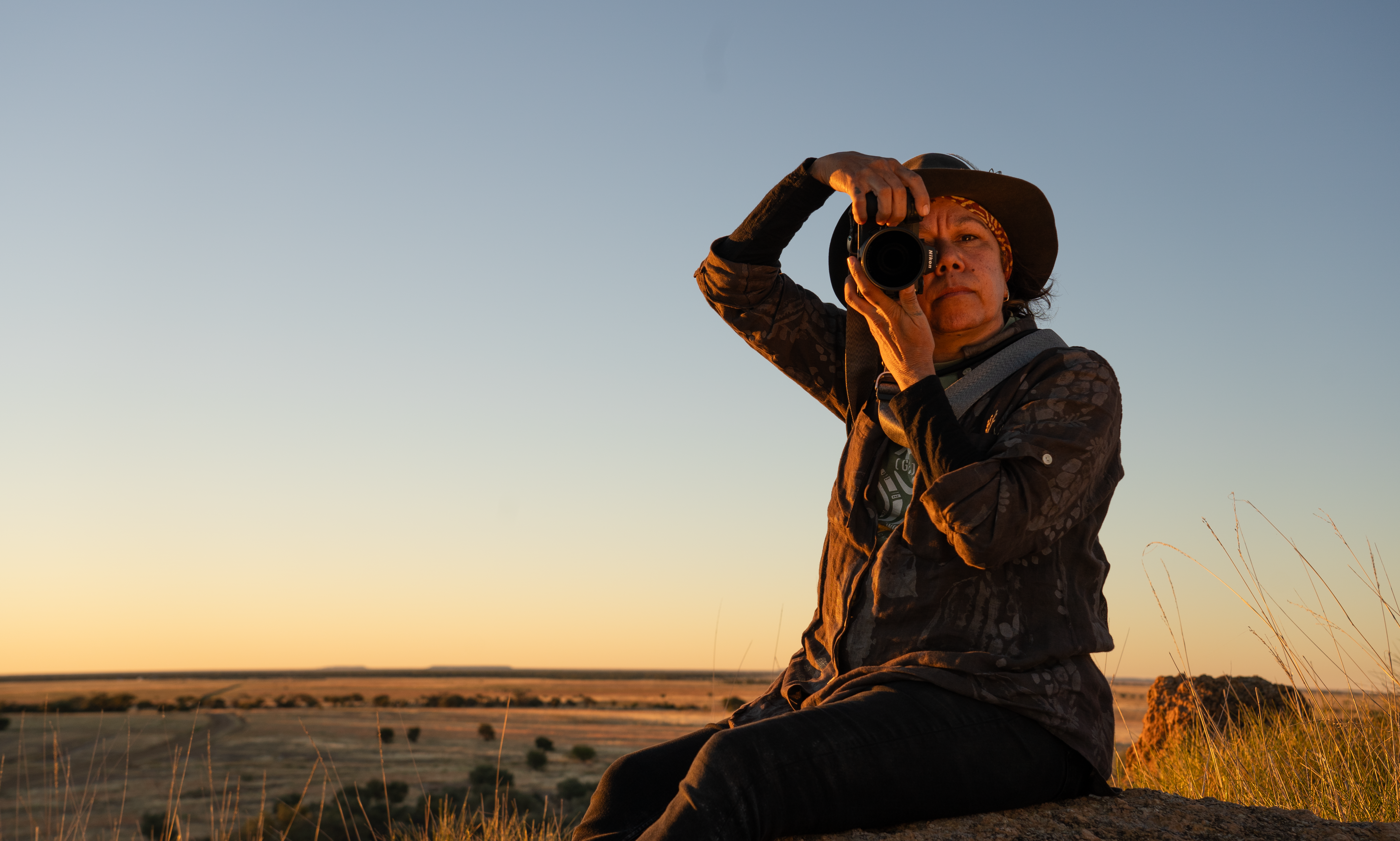

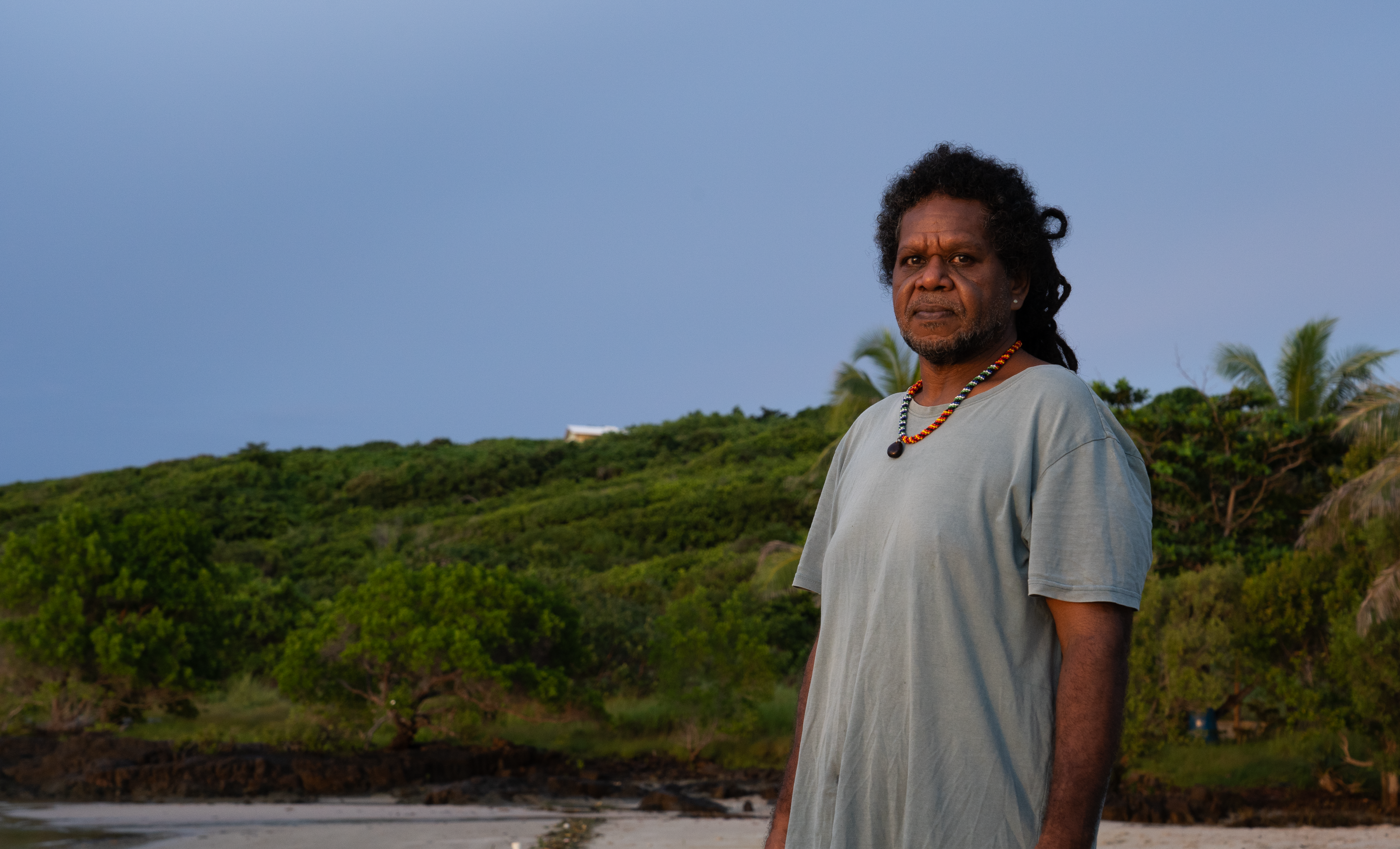
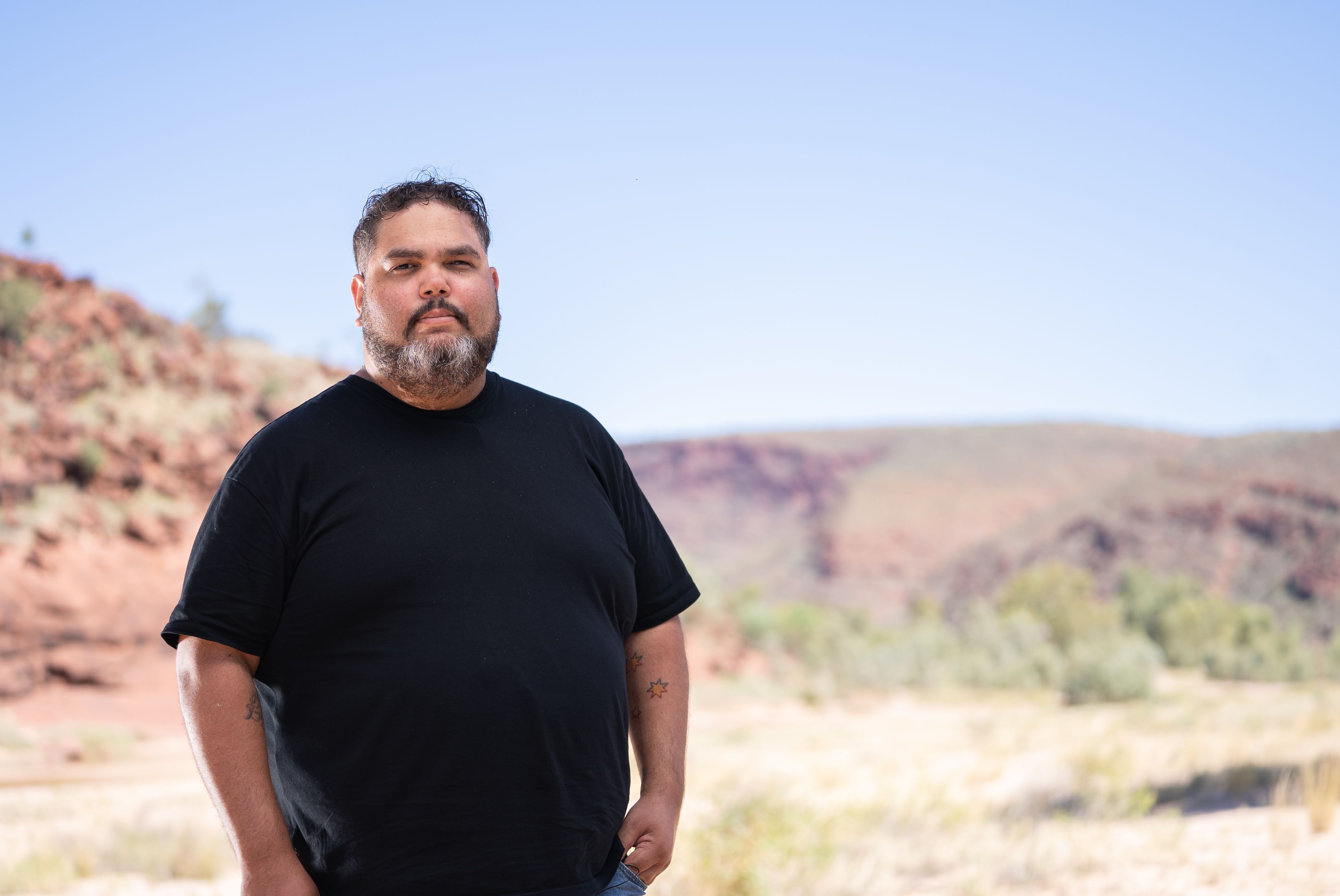
“The ecosystem, the environment we live in, is full of natural resources. Our art is our resource; it belongs to us, we use it in a ceremonial context, and it is a resource for our survival. If control of that resource is taken away from us, we cannot meet our cultural obligations, we cannot use it for our families’ benefit.Exploiting our resources needs to be negotiated on our terms, we need to have control of how that’s done.”— Dr B. Marika AO, Yolŋu Artist, 2017
What are we talking about when we say Indigenous Cultural and Intellectual Property (ICIP)?
Indigenous Cultural and Intellectual Property (ICIP), cultural expression or cultural heritage are grounded in the thousands of generations of Aboriginal and Torres Strait Islander people observing and living with the all-encompassing environment and the resulting knowledge that comes from that multigenerational and multidimensional lived experience. The content of such expression is unique to Aboriginal and Torres Strait Islander people and is used as a vehicle to transmit knowledge, culture, and stories. Such cultural expression, and the knowledge that informs the cultural expression, forms both tangible and intangible cultural heritage. Collectively owned, this cultural heritage is continuously looked after and forms the identity of Aboriginal and Torres Strait Islander groups from which the heritage originates.
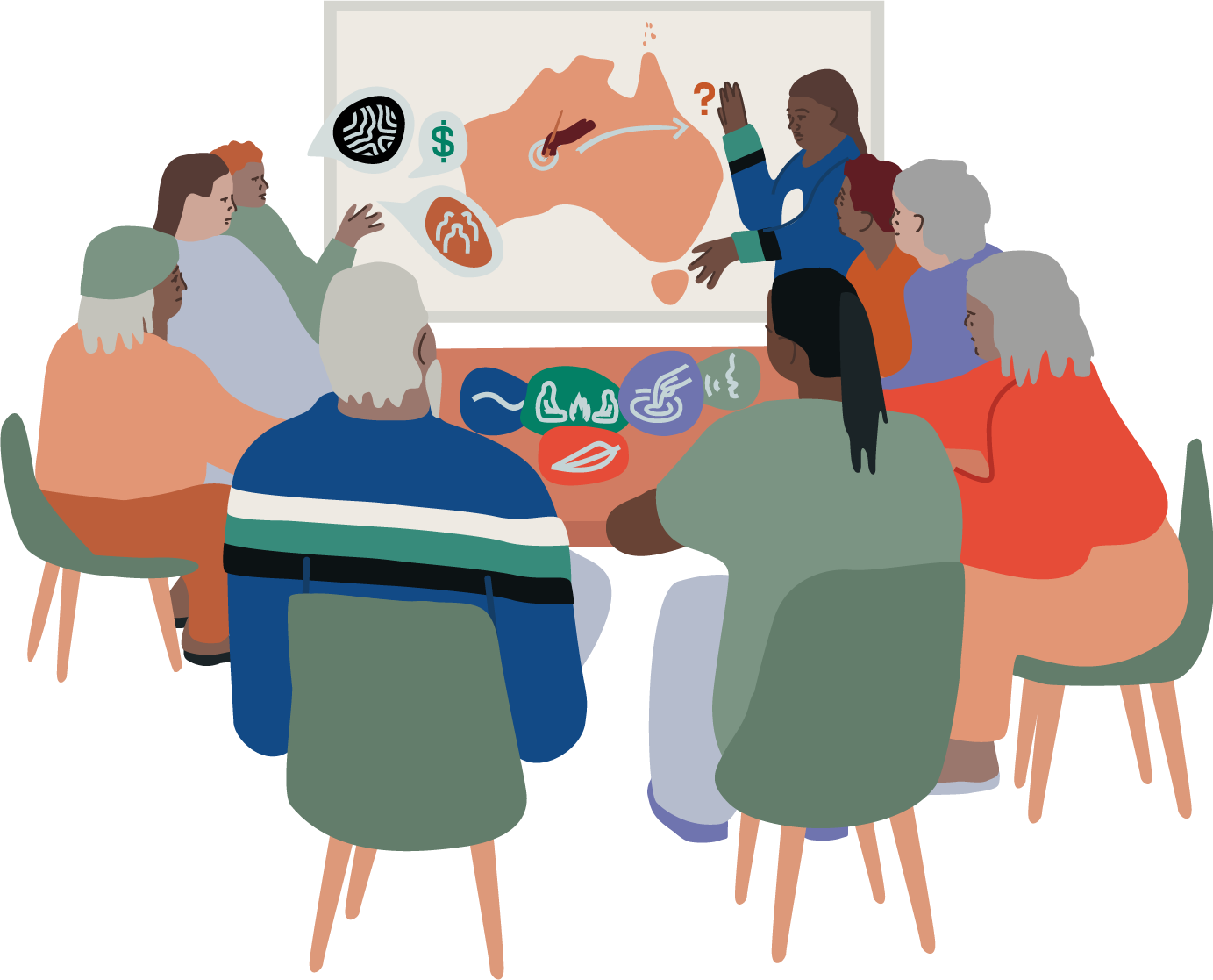
ICIP and Indigenous Art Code Artist Membership
Indigenous Art Code (IartC) is increasingly approached by artists to assist in matters relating to ICIP, including where an artist believes that their and their community’s ICIP has been copied, misused or breached by another artist.IartC is responsive to artists’ needs. We understand that our role in this space is to facilitate discussion between artists in the context of IartC Artist Membership, rather than to be a decision-making body about cultural knowledge disputes.IartC isn’t the “culture police”. We can’t tell people what they can and can’t paint or if they should or shouldn’t be identifying as Aboriginal or Torres Strait Islander people from particular Country, Community and Language Groups. We acknowledge that existing bodies and decision-making frameworks in communities are the right places for these issues to be discussed and addressed. Because of these issues we have to think carefully about Artist Membership, the obligations of artists as IartC members, and ensure that all existing and future members understand what membership means. Through a workshop with artists and leaders representing diverse Aboriginal and Torres Strait Islander cultures and lived experiences, IartC has developed an ICIP Declaration that existing members and new applicants must make to be eligible for IartC Artist Membership
What this means for Indigenous Art Code Members
Impact for IartC Artist Members
Changes to IartC Artist Membership Process
To make sure IartC Artist Membership is solid, meaningful and fair, new applicants and existing members will need to read our information sheet and make the ICIP declaration to become an IartC Artist Member and be promoted with a profile on our website.
“If individuals have recently discovered their Aboriginal or Torres Strait Islander ancestry, creating artwork that misappropriates other Aboriginal or Torres Strait Islander people’s knowledge shouldn’t be where you start that exploration.”
